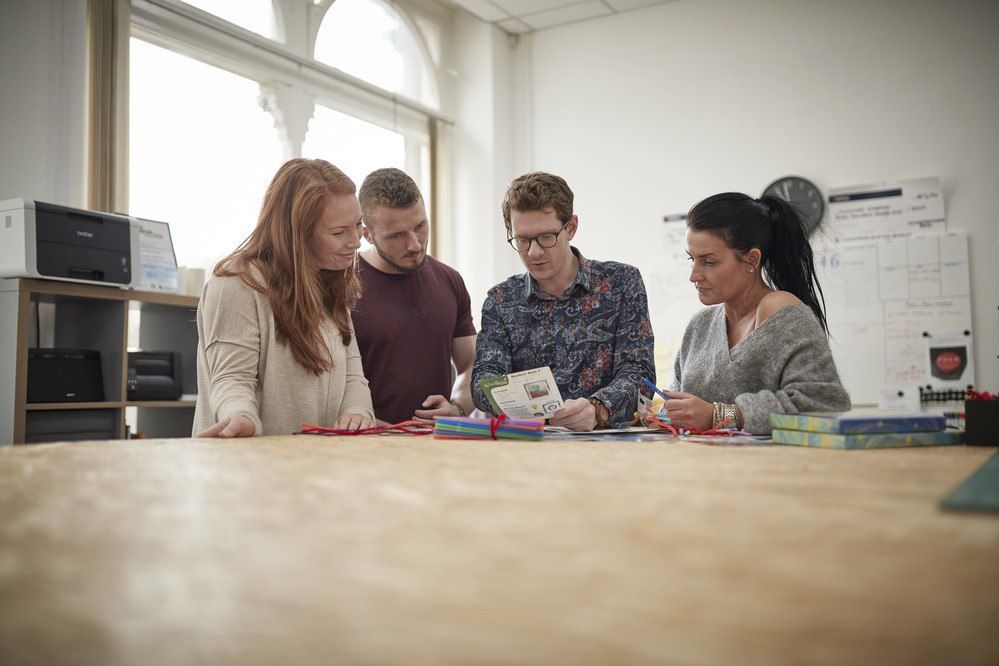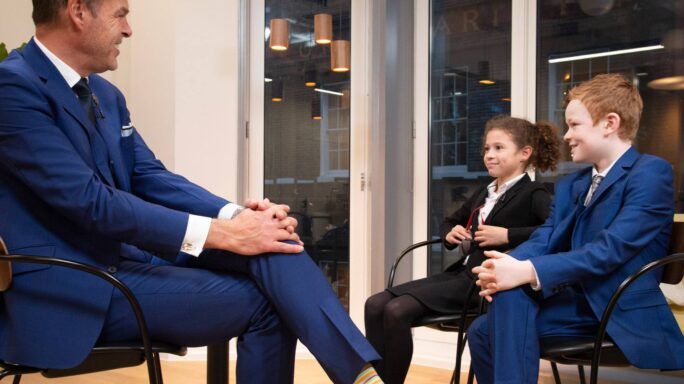People & Leadership
Never dread an office meeting again!

How often have you left an office meeting thinking ‘Well that was a complete waste of my time’ and vowed that the next one would be different? Too many times to remember? From a lack of agenda, to rambling presentations and lengthy discussions, we have all been there, trapped in the never ending office meeting going nowhere.
We know from research that face to face contact is proven to be the most effective way to build and maintain good relationships, so why are so many of us missing out on this golden opportunity with our teams? In order to run an effective meeting, you need to think strategically and put some simple steps in place to ensure your meetings are productive and get the results you want.
Our top tips below will show you how to make a huge difference to your next meeting!
Appoint a good chairperson
This person is responsible for producing the meeting, taking charge if the meeting is going off topic, strictly adhering to the time slots set for each topic and ensure everyone is in and out the door at the time that was promised. If that chairperson is you, you need to make sure that participants leave your session saying “Wow, they sure know how to run a good meeting!” Your reputation will soon become known amongst your colleagues, as your meetings produce real results and increased productivity every time.
Invest time in your agenda
Meetings that involve a loosely based or vague agenda will never get off the ground. The main reason being, your colleagues, who are presenting, will have no idea what’s expected of them. Those listening won’t know what topics will be discussed, resulting in an unproductive, confusing waste of time where nothing is achieved. Instead of creating an unclear agenda that looks like this:
John – Update on Marketing – provide as much relevant information as you can so that your agenda looks something like this:
John – Update on Marketing. Insights on latest campaign for the past 6 weeks, total cost and details on new conversion. Time allocated – 10 mins.
By giving a clear outline, John, understand exactly what areas he should focus on, and how much time he has been allocated, ensuring he can prepare properly. Understanding the topics on the agenda also gives the remaining participants the opportunity to contribute accordingly.
Keep participants on their toes
Instead of asking the group for their opinions in a linear sequence (which can often encourage the last person in the line-up to fall asleep or play with their phone) jump from one end of the board table to the next to keep the whole group engaged. Participants won’t know which person you are coming to next and therefore will need to stay alert in case their turn comes up unexpectedly.
Play good cop/bad cop
As Chairperson, you need to be able to control the flow of the meeting. Sometimes, however, it’s nice to get a bit of help ‘policing’ the meeting by handing some of the power to your colleagues. For example, if John has a tendency to hog the limelight and continuously disregards his allocated time, there is a foul proof way to make him stop on time, without having to cut him off yourself.
The most effective way to do this is to say ‘John, we are going to hear your update on marketing for the next 10 minutes, then we will go straight to Mary to hear about her plans for our annual fundraising dinner‘.
By setting up the sequence, and giving the policing power to Mary ensures that Mary, who desperately wants her turn, will make sure that John finishes on time. You, on the other hand get the opportunity to play ‘good cop’ who allowed both participants their speaking slot, without having to police either on time.








Ask the author a question or share your advice